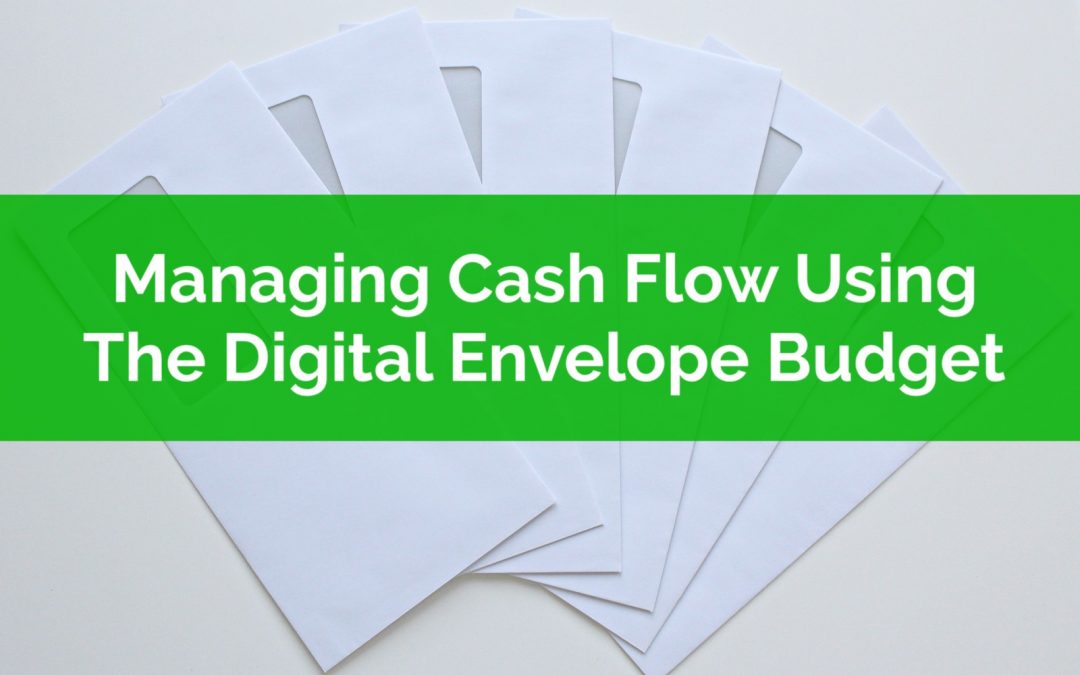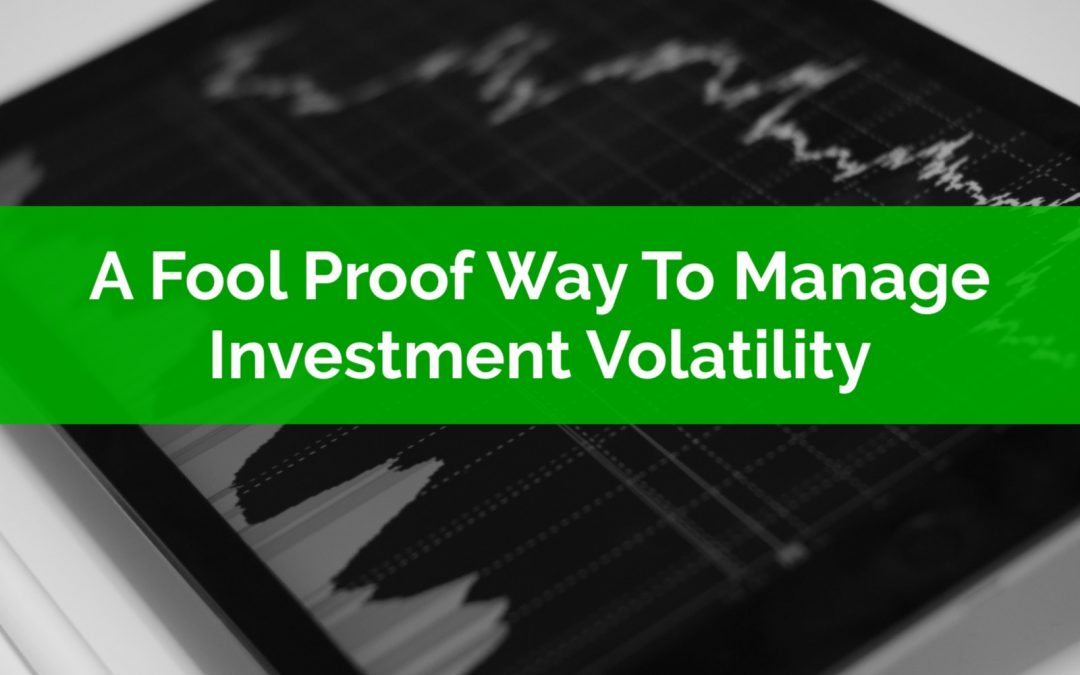
by Owen | Aug 31, 2020 | Behavioral Finance, Emergency Fund, Retirement Planning, Saving Money
Out of all the ‘best practices’ in personal finance, emergency funds are probably the simplest and most effective. There is nothing easier to set up and nothing that provides more peace of mind than an emergency fund.
Emergency funds are boring, they are simple, and they hopefully never get used.
The purpose behind an emergency fund is simple. An emergency fund should provide quick access to cash in the event of an emergency. An emergency should be something truly unexpected like a job loss, a health emergency, an unexpected repair, an accident etc. Using an emergency fund for an expected expense is NOT the right way to use an emergency fund (more on that later).
Emergency funds can also be called an ‘e-funds’, ‘rainy day’ funds, or ‘oh $h!t’ funds. Whatever you call it, the purpose is the same, to help ease the financial burden during an emergency.
Yet, as simple as emergency funds are, they sometimes get used incorrectly. In this post we explore what an emergency fund is, how to set one up, how large it should be, and what NOT to do with an emergency fund.

by Owen | Aug 24, 2020 | Behavioral Finance, Investment Planning
Like any good investor we have an investment plan, and one part of that investment plan involves rebalancing. We have a very specific rebalancing schedule and rebalancing rules. These rules help us know when we should and should not rebalance. But did these rules just cost us thousands?
In early 2020 the quick drop in investment values and equally quick recovery was an investment rollercoaster and it left more than a few people feeling slightly nauseous. It was incredible how quickly investment values declined, and it was equally incredible how quickly they recovered.
In hindsight, had we rebalanced during that dip, we could have been thousands of dollars richer today, perhaps even 10’s of thousands.
Why didn’t we rebalance during the drop? It wasn’t in our plan.

by Owen | Jul 27, 2020 | Behavioral Finance, Financial Goals, Financial Planning, Investment Planning
A lot of focus gets placed on the BIG personal finance decisions, buying a home, using a TFSA versus an RRSP, which investments to use etc etc. But really, it’s the small decisions, the ones we make daily, weekly, monthly, these are the decisions that have the largest impact on our personal finances.
When we look at someone’s financial journey, it’s typically not made up of leaps and bounds but rather small steps and steady progress. There typically isn’t one defining moment that leads to someone’s wealth. It’s usually a repeated process of saving and investing.
Like a snowball, wealth usually starts small, but it builds quickly. It generates more and more momentum as it gets larger until it becomes something unstoppable.
To build a wealth snowball is simple. It requires commitment in the beginning, with new contributions made on a regular basis. It requires growth, those contributions need to be invested and any investment income needs to be reinvested. And it requires time, time for the wealth snowball to gain momentum.
Given those three factors, at some point in the future, the wealth snowball will be driven not by contributions but by growth. New contributions will be dwarfed by annual investment growth and the snowball will grow faster and faster.
The important thing when building a wealth snowball is to stay on track, ensure spending is less than income, ensure the leftover gets invested regularly, and keep focused on the long-term because it takes a bit of time before growth overtakes contributions.

by Owen | Jul 20, 2020 | Behavioral Finance, Budgeting, Emergency Fund
Whether it’s a torrent or a trickle, having a system to manage cash flow can help make money easy. One of the most time-consuming things about personal finances is managing income and spending. But what if you had a budgeting system that helped you manage that monthly cash flow? And what if that system was free, easy to set up, and simple to maintain?
Managing income and spending is the best way to achieve financial freedom. It doesn’t take much to go from financial ruin to financial success. It can be as little as $10 per day. It’s not about stellar investment returns, or risky real estate investing, or earning six figure salary, it’s all about paying attention to income and spending.
But old methods of managing cash flow need to be updated for the digital age. Cash is less prevalent, and credit and debit transactions dominate. Any system for managing income and spending needs to be digital, automated, and easy to set up and maintain.
The envelope budget is a classic way to manage income and spending. It’s a proven way to manage cash flow and it’s easy to understand. Money gets allocated to certain envelopes and spent during the month. As money in an envelope gets low this provides a signal to slow down on spending until the envelope gets replenished on the next payday.
Thanks to no-fee online bank accounts, the envelope budget can be easily adapted to the digital age.
But it’s not as simple as just creating a few new bank accounts. To manage cash flow with the digital envelope budget system it helps if you have a budget already created. This may require tracking your spending for a few weeks or months. Or it may require looking at past statements. It also requires an online no-fee bank account.
This is how you set up the digital envelope budget system.

by Owen | Jul 6, 2020 | Behavioral Finance, Buying A Home, Down Payment, Financial Planning, Income, Investment Planning, Retirement Planning
Demographic trends can be extremely interesting. Demographic trends can influence a lot of things, they can impact voting and public policy, they can impact consumer trends, they can impact the consumption of goods and services.
The interesting thing about demographic trends is that they’re (somewhat) predictable. The way our population looks today will directly translate to how it looks in the future. Factors like immigration and advances in health care can change these trends slightly, but in general, the way people age is fairly predictable.
What is interesting about demographics is that as people age they do things differently, their behavior changes, their lifestyle changes, they consume different things.
Over the last 60+ years there have been two huge demographic waves, the first was the “baby boomers” and the second was their “echo”. These two groups are very noticeable when looking at population by age group. Demographic charts clearly show two huge population waves with troughs in-between.
Now, I’d like to preface this post with the fact that I hate predictions and forecasts. In my opinion, a good financial plan shouldn’t rely on predictions or forecasts to be successful. A good financial plan will prepare for various future events and still have a high chance of success. It’s important to anticipate possible risks and how they may impact a financial plan.
Typically, when we talk about risk we talk about investment risk and inflation rate risk. A good plan will still be successful even with changing investment returns and changing inflation rates. But what about real estate values? What about housing?
For two groups of people, the variability in real estate values should be a big concern when doing a financial plan. One group is real estate investors, people with rental properties that make up a large % of their assets. The second group is future downsizers, people who have made downsizing to a smaller home a key part of their future financial plan.
For these two groups of people it’s important to understand that real estate growth rates can vary and this creates risk. Simply assuming inflation, or inflation + xx%, is not a great strategy.
In this post we’ll look at how demographics may impact future housing demand and why a good financial plan should be prepared for different rates of real estate appreciation.

by Owen | Mar 30, 2020 | Behavioral Finance, Financial Planning, Investment Planning, Retirement Planning
With investments values moving up and down 5% to 10% per day this investment volatility can feel like a roller coaster both financially and emotionally. If you’ve been watching your investment portfolio day-to-day you may be feeling a bit nauseated by now.
Thankfully there is a fool proof way to manage this investment volatility, just don’t look.
Not looking at your investment portfolio is simpler said then done of course, but it’s the best way to manage investment volatility.
It’s been proven that we put more weight on negative experiences than positive experiences. We feel the impact of negatives more than we feel positives.
Even when they’re the same size, a loss feels worse than a gain. Losing $50 feels worse than gaining $50.
So with markets jumping up and down 5-10% per day this can lead to some VERY negative emotions. The positives just don’t out weight the negatives and we end up feeling worse and worse with each rise and fall.
But not looking at your investment portfolio can be surprisingly hard to do. So what can the average investor do to help themselves feel better during a market correction? What strategies can they use to avoid looking at their investment portfolio? What routines can they implement?
This post looks at a few different ways to help you manage the emotional impact of investment volatility.
Page 8 of 12«...678910...»






